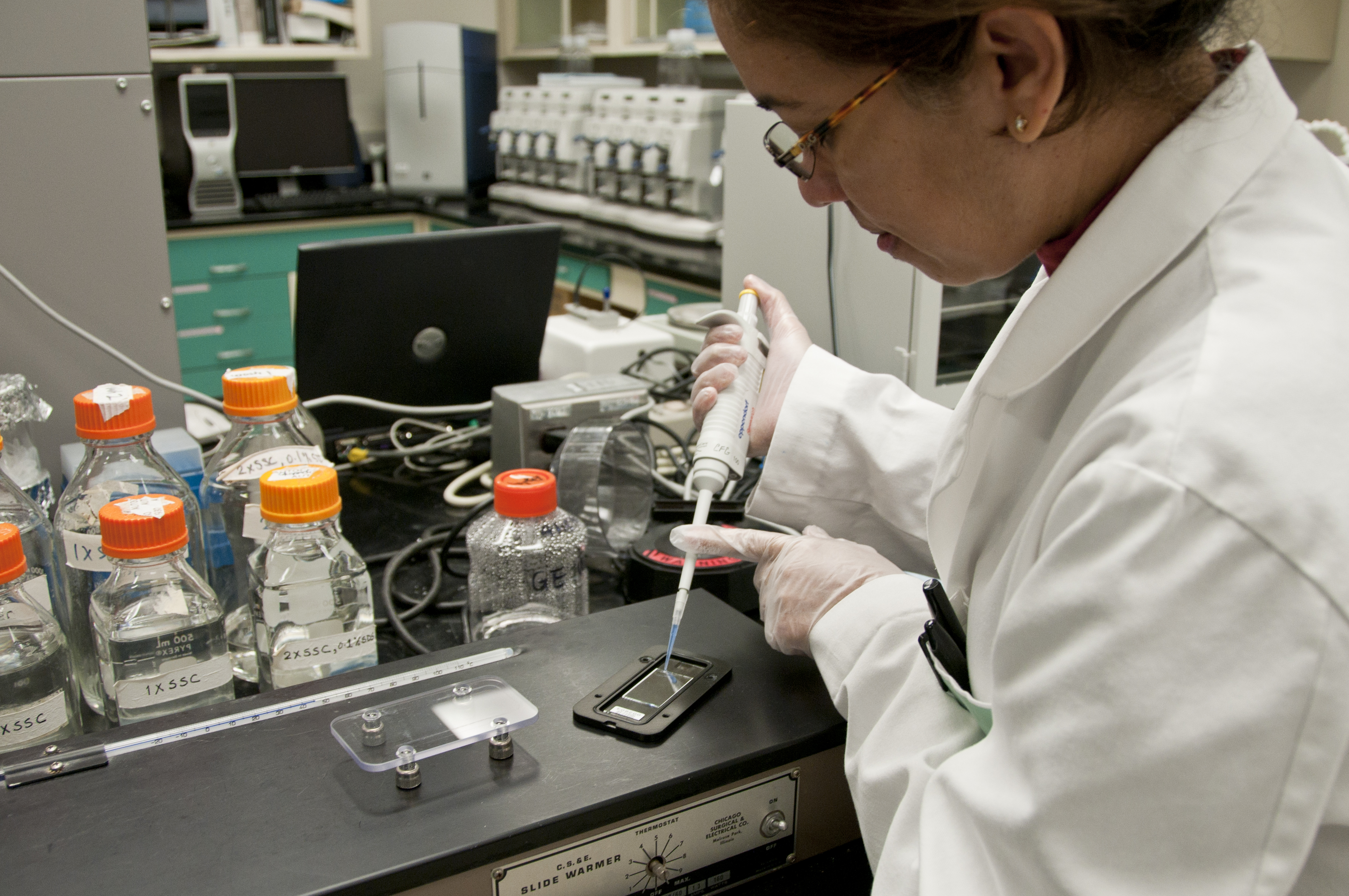
Photo from academic.microsoft.com
Heavy metals are extremely harmful materials to marine ecosystems and human health. To determine the anthropogenic contributions and ecological risks in Weitou Bay, China, the spatiotemporal variations in the concentrations… Click to show full abstract
Heavy metals are extremely harmful materials to marine ecosystems and human health. To determine the anthropogenic contributions and ecological risks in Weitou Bay, China, the spatiotemporal variations in the concentrations of heavy metals in surface sediment were investigated during spring 2008 and 2017. The results indicated that high concentrations of pollutants were generally located near the river mouths and along the coast of industrial areas. Principal component analysis indicated that heavy metal contents were mainly affected by industrial waste drainage, urban development, natural weathering and erosion, and interactions between organic matter and sulfides. The potential ecological risk assessment demonstrated that, in 2008, 82% of the sampling sites were at low risk, while 18% were at moderate risk. The situation had deteriorated slightly by 2017, with 73%, 18%, and 9% of stations in Waytou Bay at low, moderate, and very high risk, respectively. Cd was the most harmful metal, followed by Hg. These two elements accounted for more than 80% of the potential ecological risk index (RI) value. The present work analyzed the source of heavy metals, identified the major pollution elements and high risk areas, and provides guidance for pollution control and ecological restoration in Weitou Bay.
Journal Title: International Journal of Environmental Research and Public Health
Year Published: 2021
Link to full text (if available)
Share on Social Media: Sign Up to like & get
recommendations!